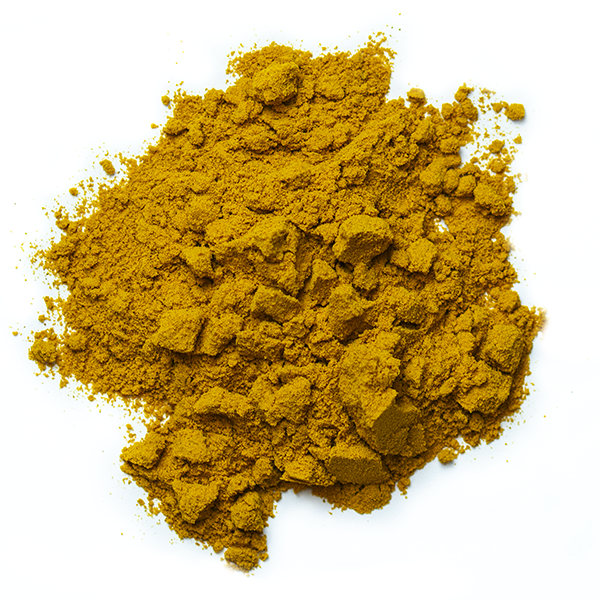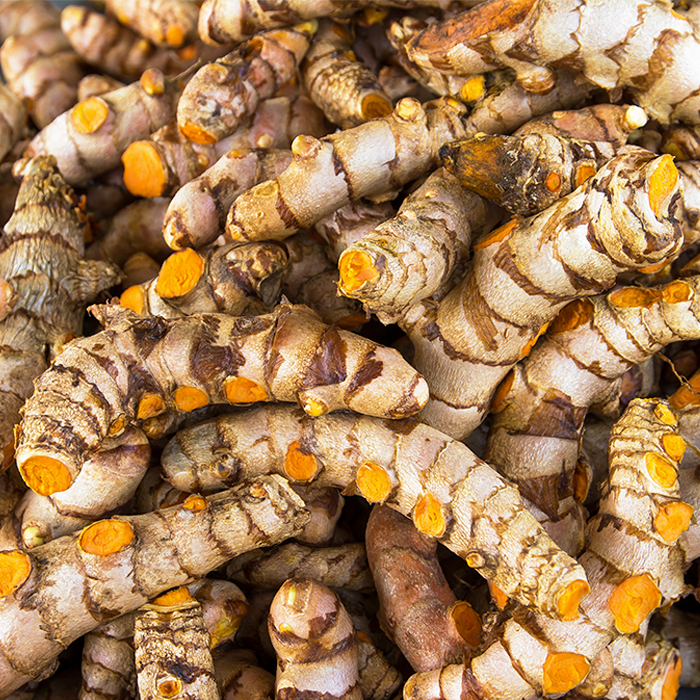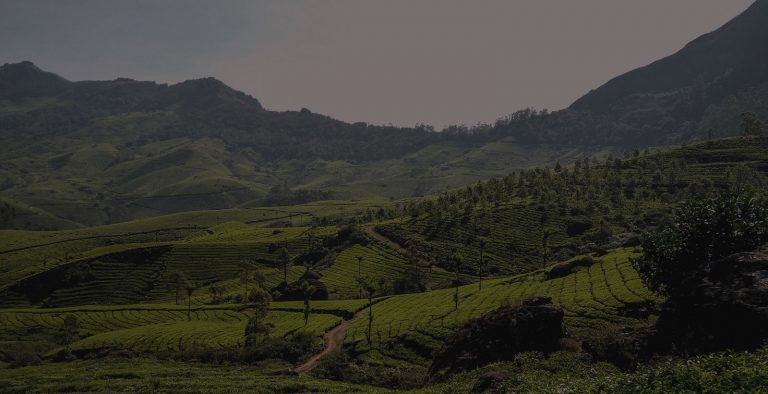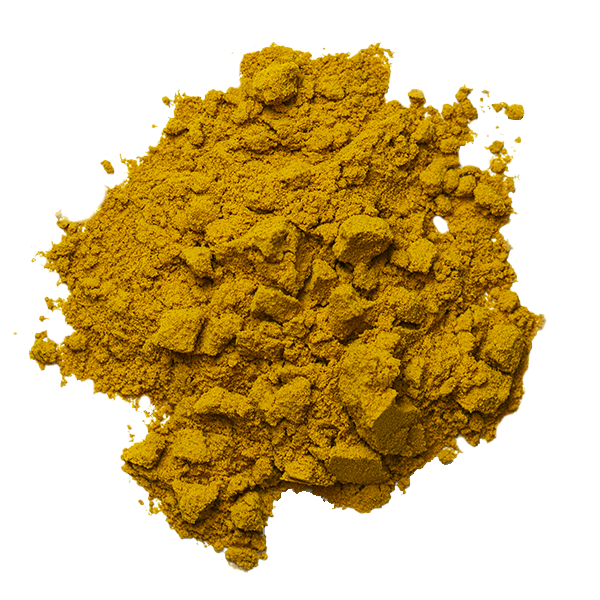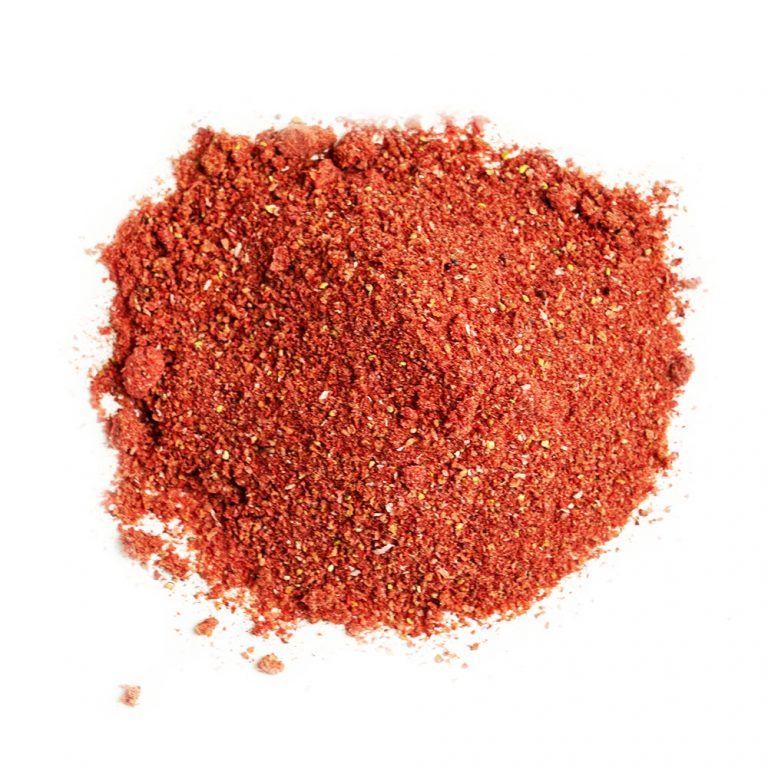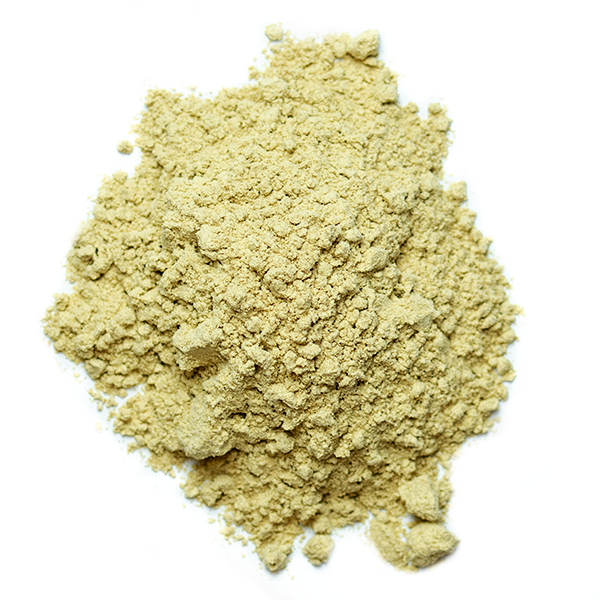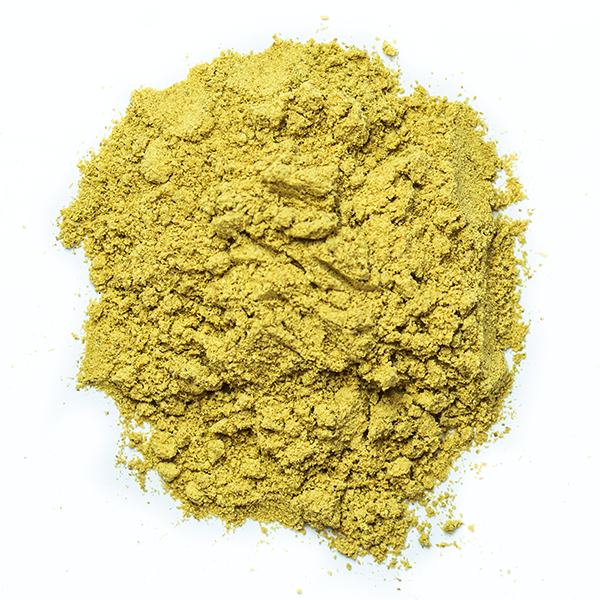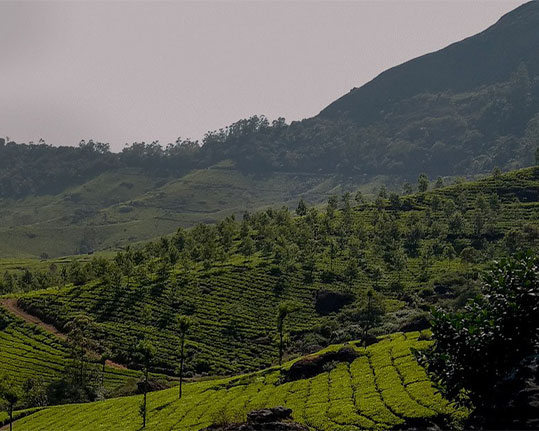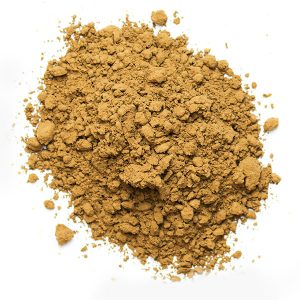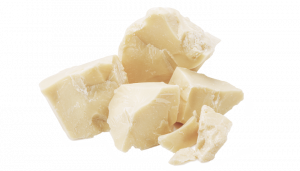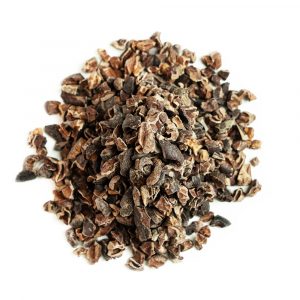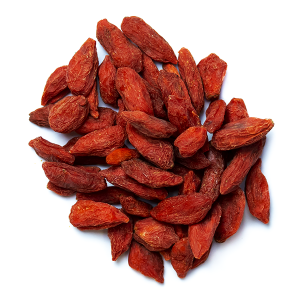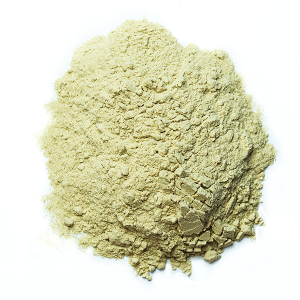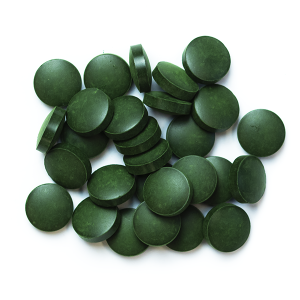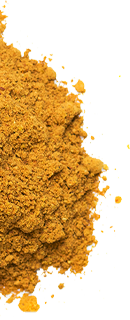Turmeric or Curcuma longa is a flowering plant native to India and Southeast Asia. Largely used for culinary purposes, the rootstalks are used fresh, boiled in water, or dried and ground to form a vibrant yellow powder. Not only does it offer a delicious, earthy, musky flavour, but it is also associated with numerous health benefits.
Also known as Indian Saffron and nicknamed ?queen of the spices?, turmeric plants grow in warm regions requiring substantial levels of rainfall for survival. Turmeric is not just a flavouring-agent in its native homeland India, but also made into a dried paste and worn as a necklace by the bride at Hindu wedding ceremonies to protect against evil spirits. The bright yellow colouring is also used to dye clothing and fabrics ? notably for the robes of Buddhists and monks.
Historically, turmeric was used in Ayurveda and other traditional Indian medical systems for disorders of the skin, upper respiratory tract, joints, and digestive system. Today, turmeric?s health benefits are attributed to its active component curcumin ? a compound associated with reducing inflammation and supporting brain function through fighting degenerative processes in the brain.
